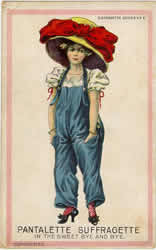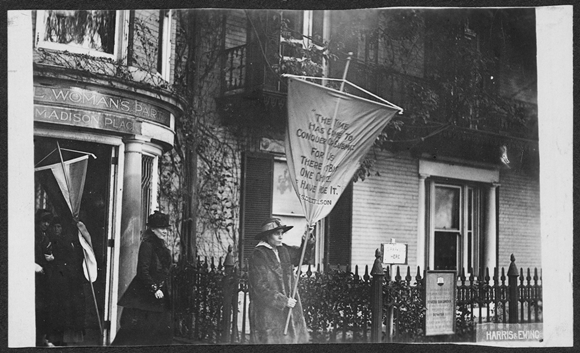I’ve avoided blogging about this because it’s very difficult to explain, really. I’ll try to keep it really short:
Kathy Sierra is a tech guru who got her start in Java, published some really popular books, and became well-known in the tech community for her ideas about technology and writing user-friendly web applications. She writes a popular blog called Creating Passionate Users, and speaks regularly at industry events. She was a keynote speaker at SXSW, a panel I attended. I’ve been subscribed to her site since last year, when Rich and Jerrod saw her at SXSW and raved about her when they got back.
Over the past several weeks, Kathy has, like several prominent female technogeeks before her, become the target of anonymous personal abuse that rose to the level of criminal threats of violence and murder. The reasons for why that occurred aren’t terribly clear, because Kathy’s about the closest thing to sunshine and puppies that you can get.
But the basic sequence of events seems to be this – some high-profile tech geeks who are more cynical and caustic got together and created a site called “meankids.org” to talk smack about their fellow wonks in the technology world. Kathy and some other women she knew were common targets of their cynicism and abuse, partly because they are women. This online sandbox for maliciousness bred more meanness in the forums and comments of the site as anonymous readers stepped up the abuse to increasing levels.
(Gee, that sounds familiar. I wonder where I’ve seen that happen before? Oh, yeah. I remember, we have our own version of this kind of virulent crap here in Indiana.)
When the women complained, the abuse increased even more, to the level of violent threats posted in anonymous comments on the abuse sites, and on Kathy’s site. The level of the threats were such that Kathy began to feel unsafe, and even canceled a prominent speaking engagement because of it. After she wrote about it on her blog, discussion of the whole incident has exploded across the internet.
One of the interesting things that has come out of this is discussion from numerous prominent women in the tech industry, who have come out with their own revelations of this happening to them. There is, it seems, a systemic problem in the industry.
I’ve been following the story for the last several days, mainly because all the big name web designers who’s blogs I read have weighed in, because either Kathy or the mean kids are their friends. But what made me actually decide to comment on the whole issue is this small quote from a BBC interview of Kathy on the threats she received:
She also thinks it could be time to re-examine whether the blogosphere needs to be completely uncensored.
“There is an unwritten rule in the blogosphere that it is wrong to delete nasty comments. It suggests that you can’t take criticism but now there is a sense that this is nonsense,” she said.
I happened to agree with that sentiment – I’ve practiced it for quite a while. I get 5-10 comments a day that are basically anti-gay trash directed at me. Most of the time, they’re caught in my spam filter (I have some unique keywords entered to catch them) and I simply delete them. Occasionally one or two will slip through live, but I usually delete them pretty quickly. Lately, though, the number of vitriolic posts and anti-gay comments has increased pretty drastically – it’s about double what it’s been in the past, so I have to monitor the comments more closely.
As far as I’m concerned, my website is my real estate. If you visit and decide to plant some flowers in my garden, that’s awesome; you’re always welcome back. If you visit and you graffiti my house, you’re not welcome and your contributions will be removed. Just like a newspaper that chooses not to publish every letter to the editor, I’ll choose to publish what I think adds substance.
It’s not a free speech issue as far as I’m concerned – you only have free speech in a public setting. My website isn’t a public space, it’s my space. No one’s stopping you from starting your own blog, or standing on a street corner preaching, or otherwise speaking out in public places. But you can’t come to my house and insult me and expect to stay.
For the past several weeks I’ve had a post rolling around in my head about my feelings about homophobia and anti-gay hatred and abuse, and how my feelings have developed and changed over the past 20 years that I’ve been “out of the closet.” Sometime soon I need to actually sit down and write that post, when I have a bit of extra time.

 Something that caught my eye as I was wandering through the
Something that caught my eye as I was wandering through the 
